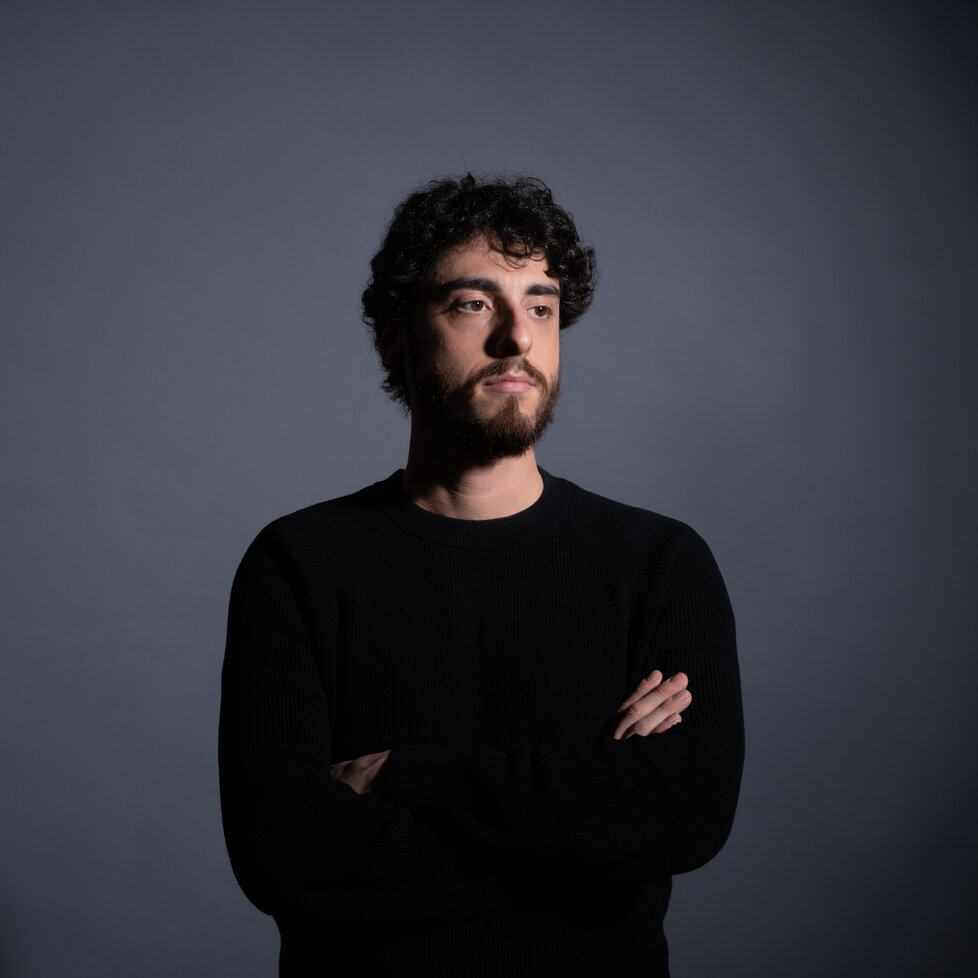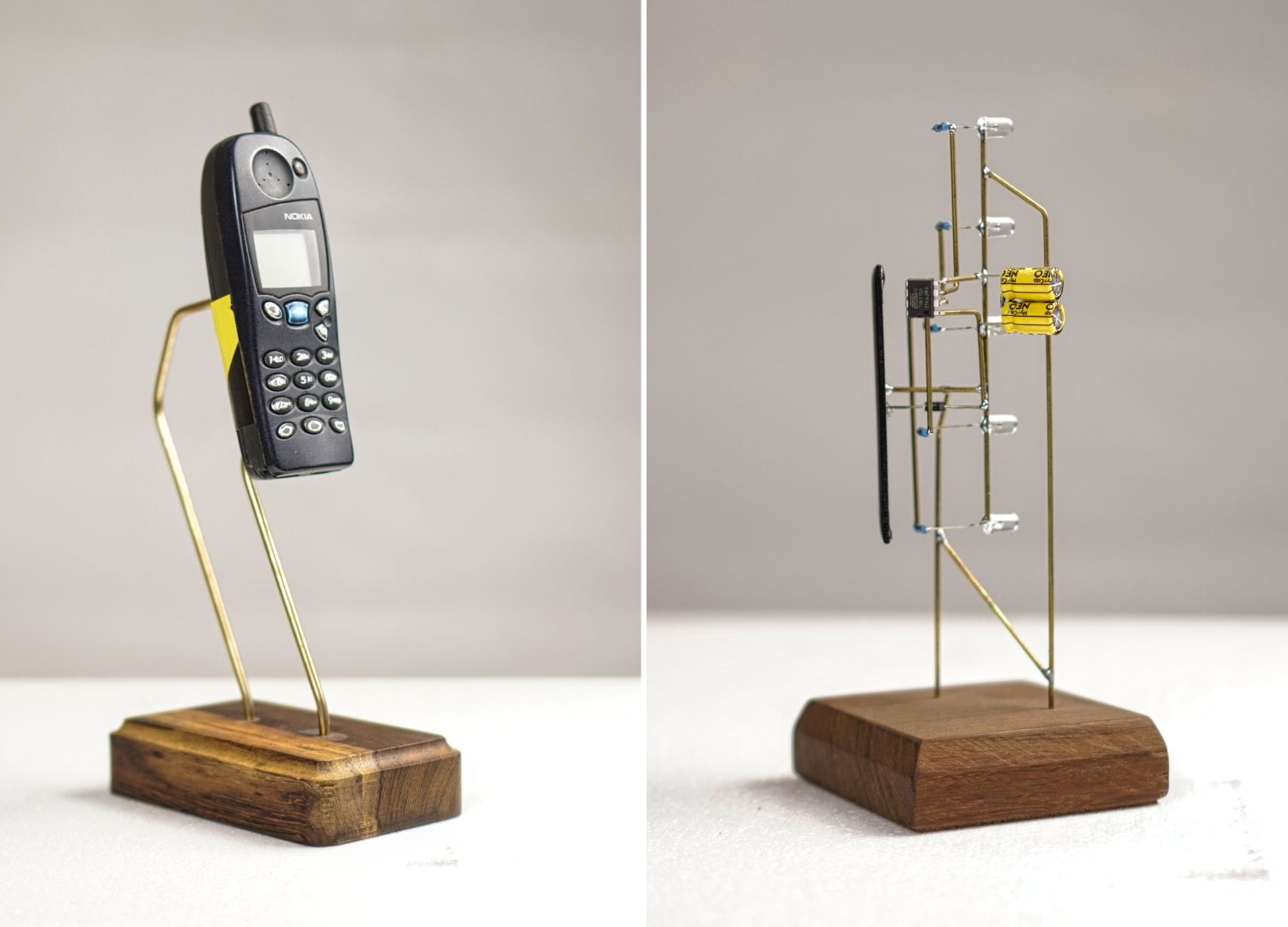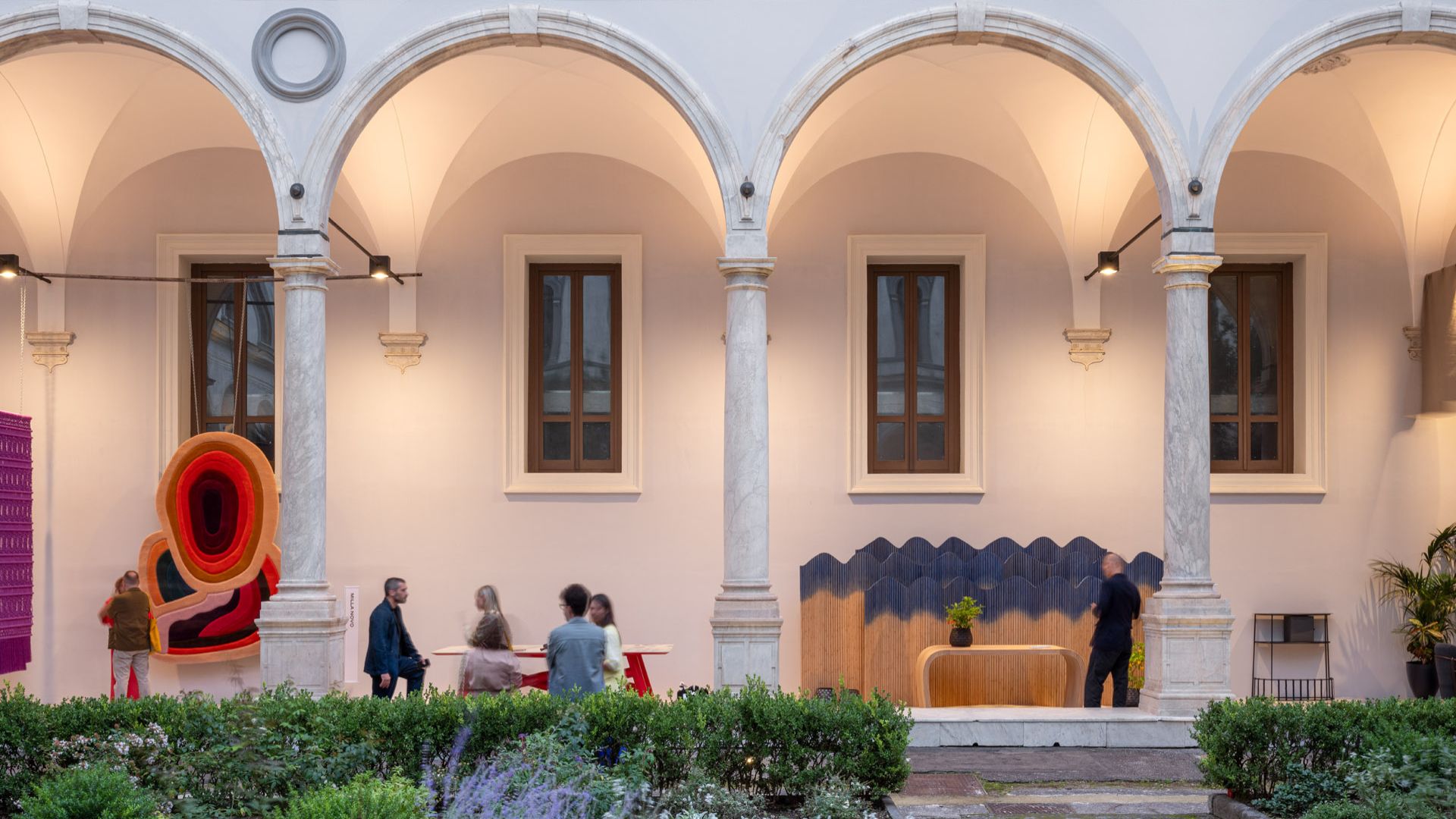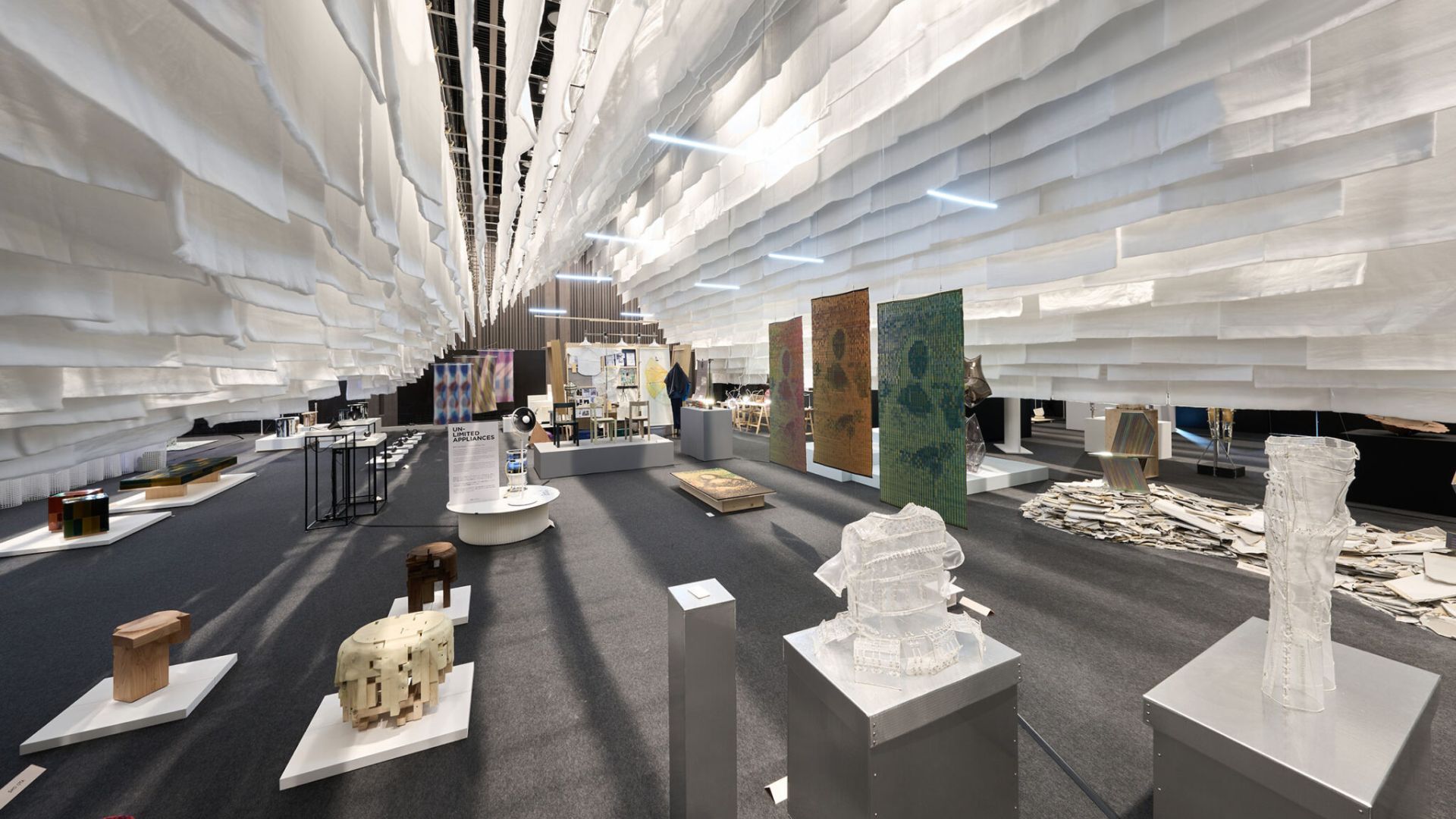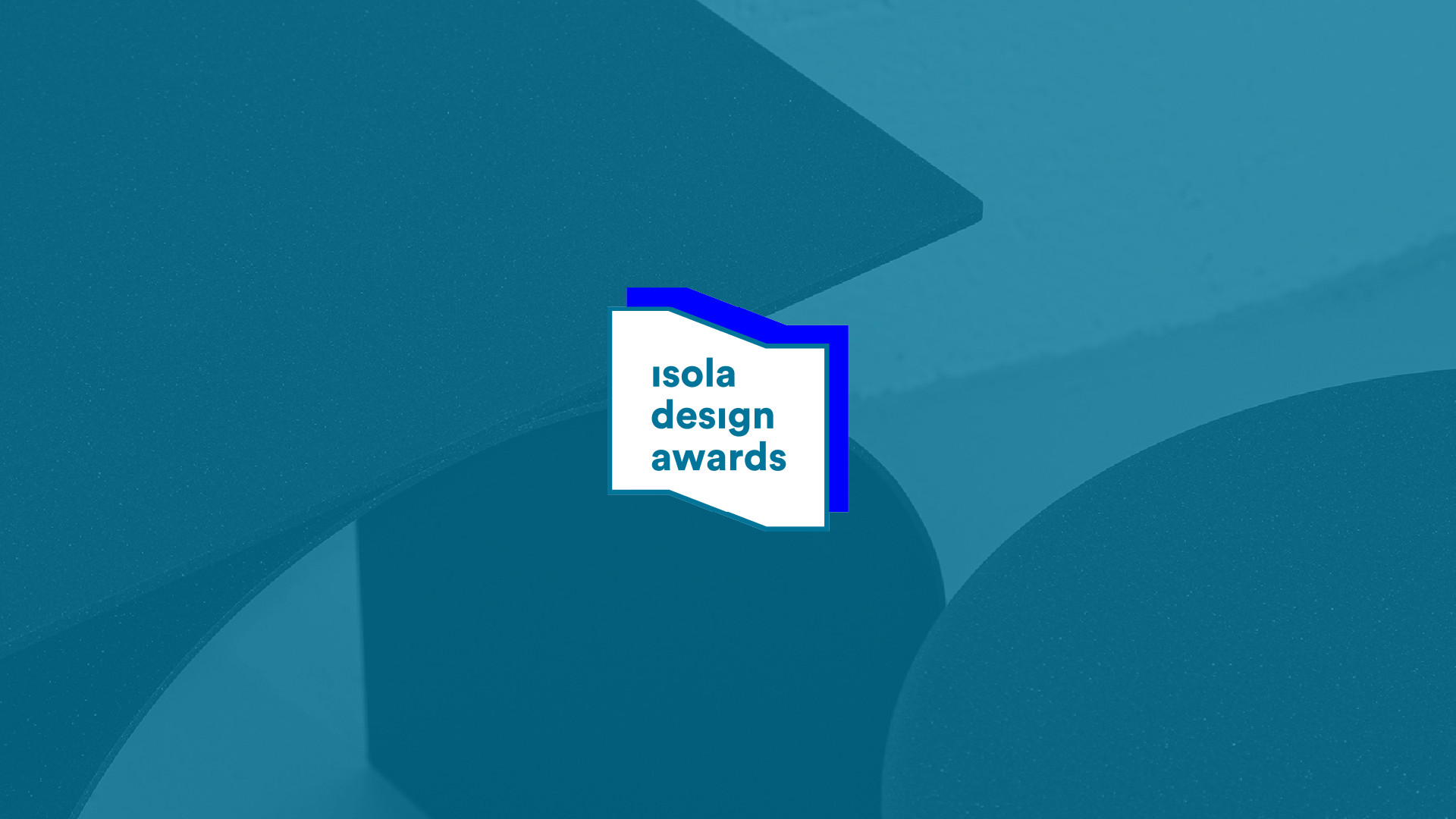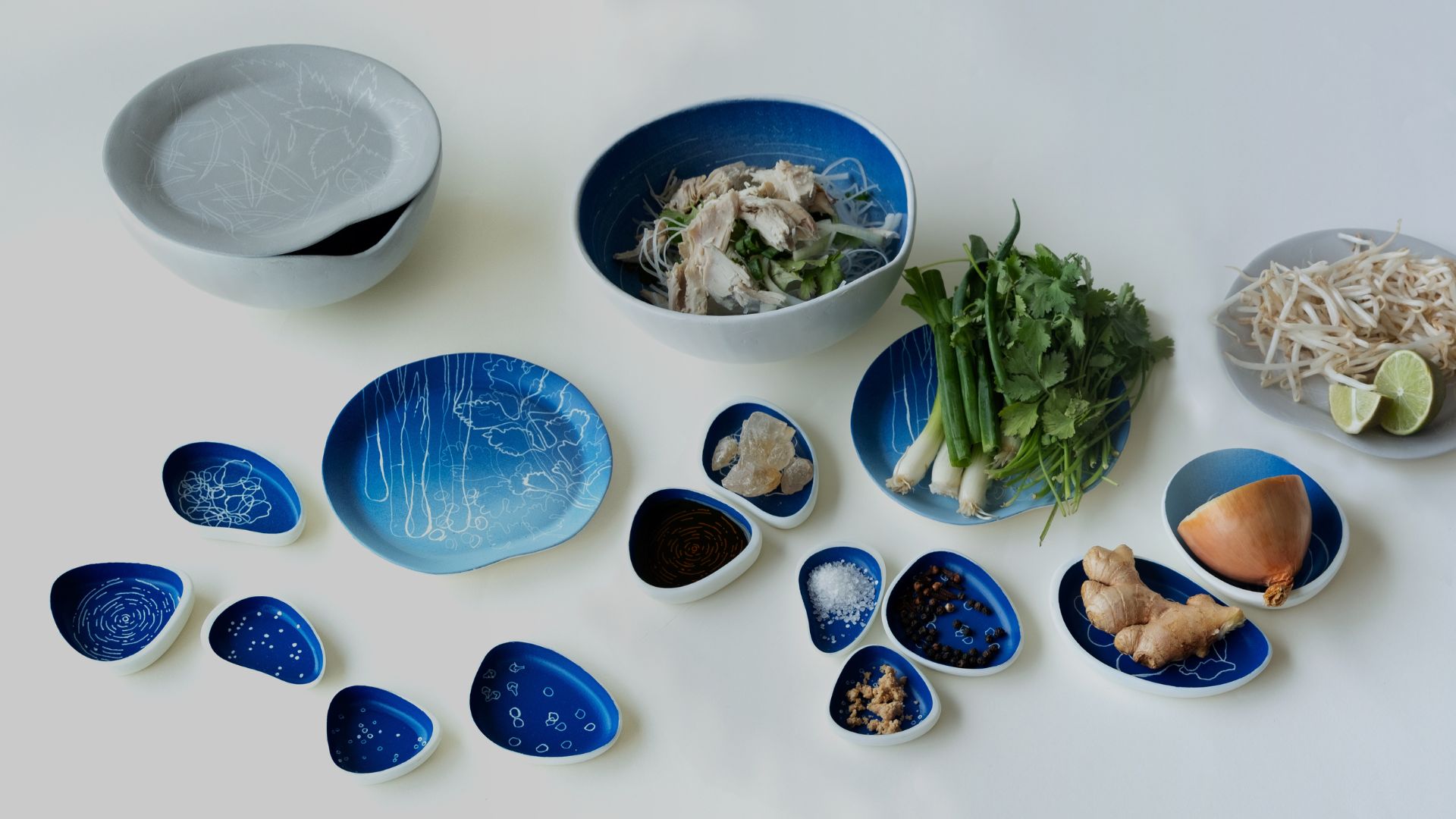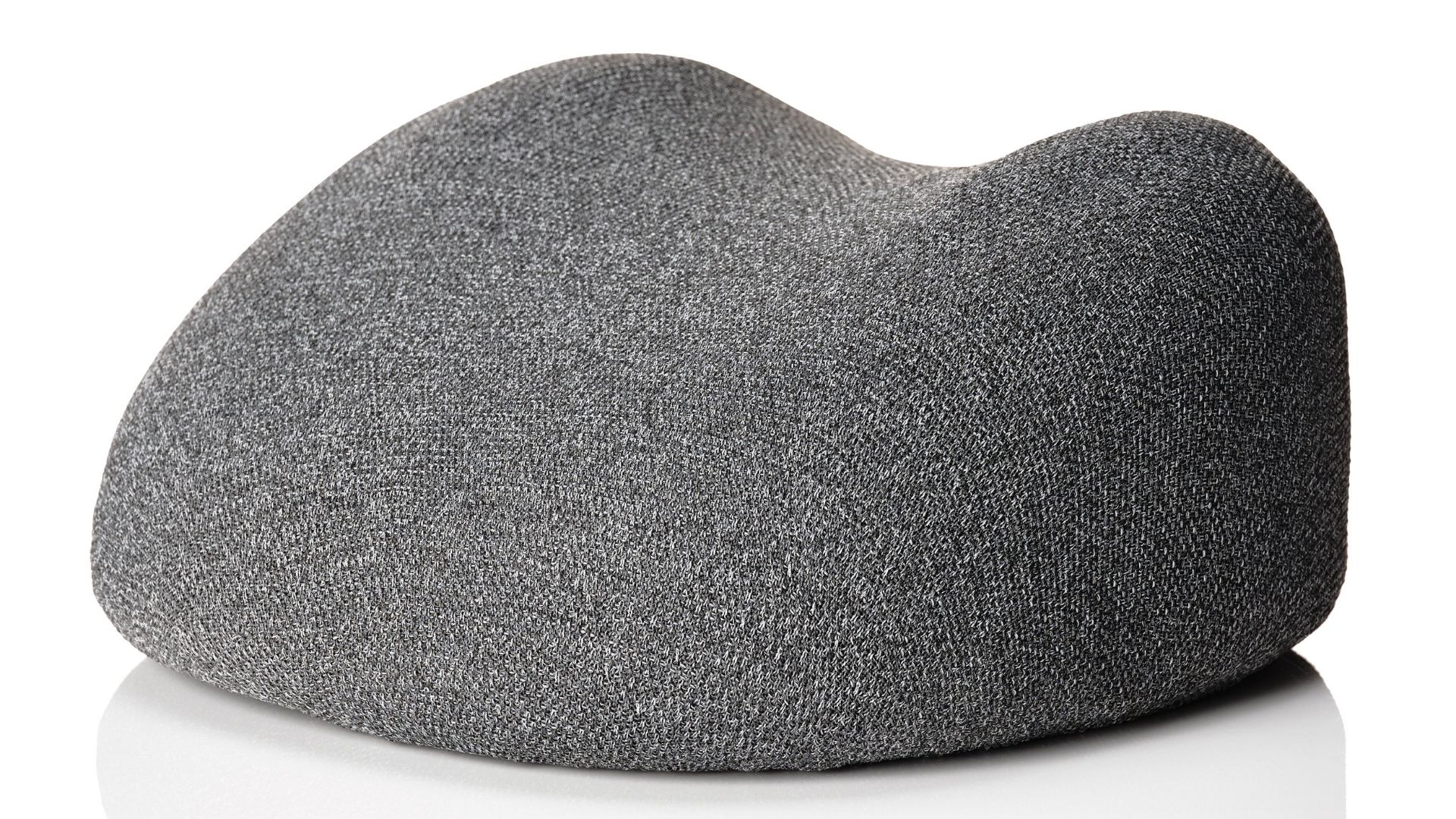Who can be considered a real free thinker in the design world, today?
There are some incredible emerging figures that are tracing a new path that helps us reflect about the world of design and how this can be useful to society in terms of mind development and social utility.

In this interview, we dive into Paul Busch world, aka Erz Und Herz, and his philosophy on how to make the world a better place using a powerful tool: the design process.
I have a design hero, and he is Enzo Mari. His signature could be captured not in the objects he designed; he was not a stylist, but in his philosophy. The object was just a consequence of his mindset. Design is not just a matter of shapes, colors, and materials; it has a deeper meaning that goes beyond making things, but contains a hidden message that must be perceived before getting explained.

In recent days, I got attracted by a talented guy who is doing things in his own way, and I decided to investigate to better understand his world. To give some context, I was first caught by a product he made that was quite out of the average.
He created a speaker out of a rock, managing the engine and creating a sound that actually let the rock “sing.” That thing played many strings in my soul, touching the design side, the musician side, and the maker side.
He managed by himself to do everything and showed it working, leaving some space for the making of the process. As I said before, the hidden message must be perceived before getting explained, and I felt it for someone.
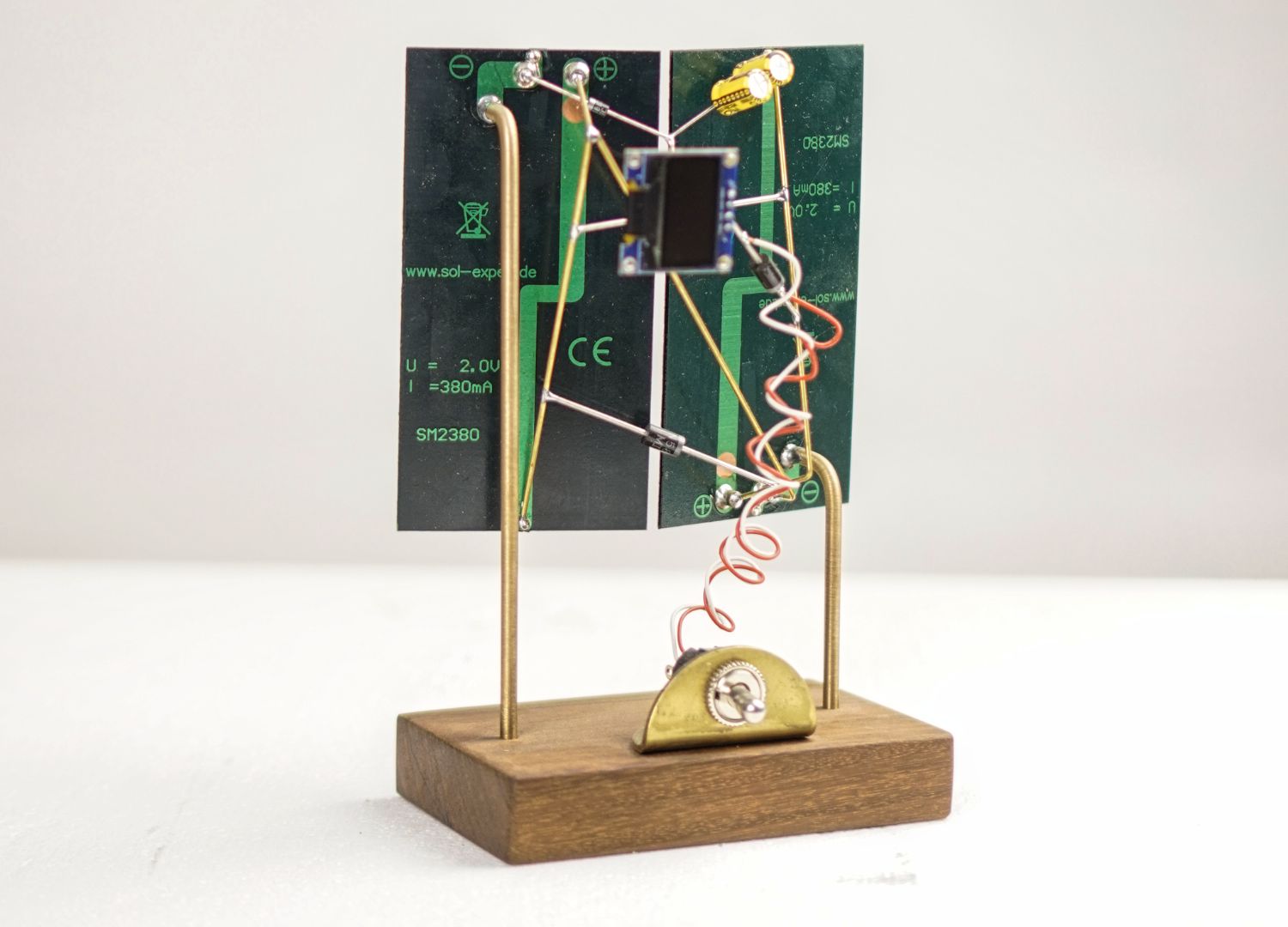
My investigation continued, and I saw a design journey that started during the weather disaster that wounded Europe’s territory during the summer of 2021, managing to regenerate objects that were found around as the consequence of the flooding of those days.
I reached out to Paul to know more about his philosophy, and I was hugely impressed by how deep the design meaning can go. I have a lot to say about what I figured out during our chat, but I think it is better to let him explain what he’s doing with his own words in an interview.

What prompted you to initiate the restoration of objects from the 2021 flood?
Paul Busch:
“Sure! When I began regenerating objects from the 2021 flooding, my initial goal was really trivial. I wanted to raise funds for reconstruction efforts. Financial support was crucial, but I soon realized that my work held deeper symbolism. The affected communities saw more than just objects in my creations – they saw hope and resilience. By resurrecting these objects from utter destruction, people could see that even in the darkest of times, something valuable could emerge.

The symbolic power of my art gave courage to the affected individuals and bolstered their resilience. It was proof that from the rubble and debris, something new and valuable could arise, and this had a profound positive impact on the community. Moreover, in the last years my works were exhibited in various cities across Germany to continue drawing attention to the catastrophe. Even two years after the flood, only a fraction of the reconstruction has been completed.
Displaying my art serves as a reminder of the ongoing challenges and the need for sustained support and solidarity with the affected communities.”
In your latest creations, you’ve prominently featured the mechanics and technology behind your designs. Is there a specific significance to this approach?
Paul Busch:
“In my recent works, I’ve made a deliberate choice to showcase the inner workings and technology of my designs for a specific reason. For me, it’s about transparency and demystification. I’ve always been captivated by the intricate mechanisms and technology hidden beneath the surface of everyday objects. Growing up, I enjoyed dismantling gadgets to explore how they functioned (sorry to my parents at this point). By revealing the inner workings of my designs, I aim to invite viewers into a deeper understanding of the technology that surrounds us.
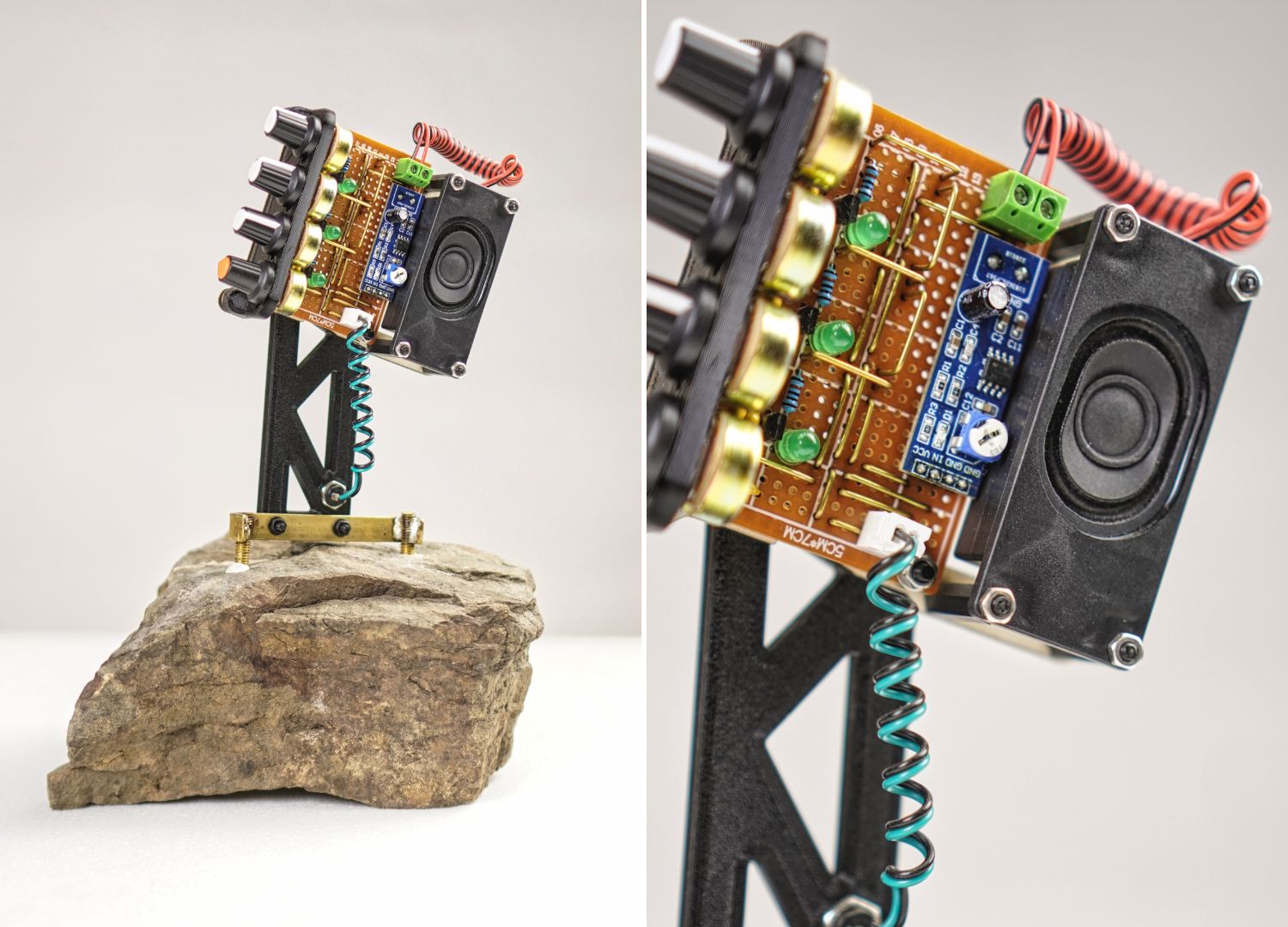
I want to break down the barrier between the user and the device, encouraging curiosity and appreciation for the craftsmanship behind modern technology. Moreover, I believe there’s an inherent beauty in the precision and complexity of these mechanisms or electronic circuits. By showcasing them, I hope to celebrate the artistry of engineering and design.
Ultimately, my intention is to spark curiosity and contemplation in my audience, prompting them to consider the intricate interplay of technology in our lives and perhaps even inspiring them to see the world around them in a new light.”
What is the intended destination for Erz Und Herz objects? Retail stores, museums, or elsewhere? And what strategies do you have in place for distributing them globally?
Paul Busch:
“The works are exhibited in various galleries and museums. In the future, I plan to collaborate with artists and designers who share a similar worldview, expanding the reach of my work internationally through joint exhibitions and partnerships. The most important thing for me is not to plan too much and to continue implementing my ideas. If a good opportunity arises, I seize it. Flexibility and openness are crucial to recognizing new possibilities.”
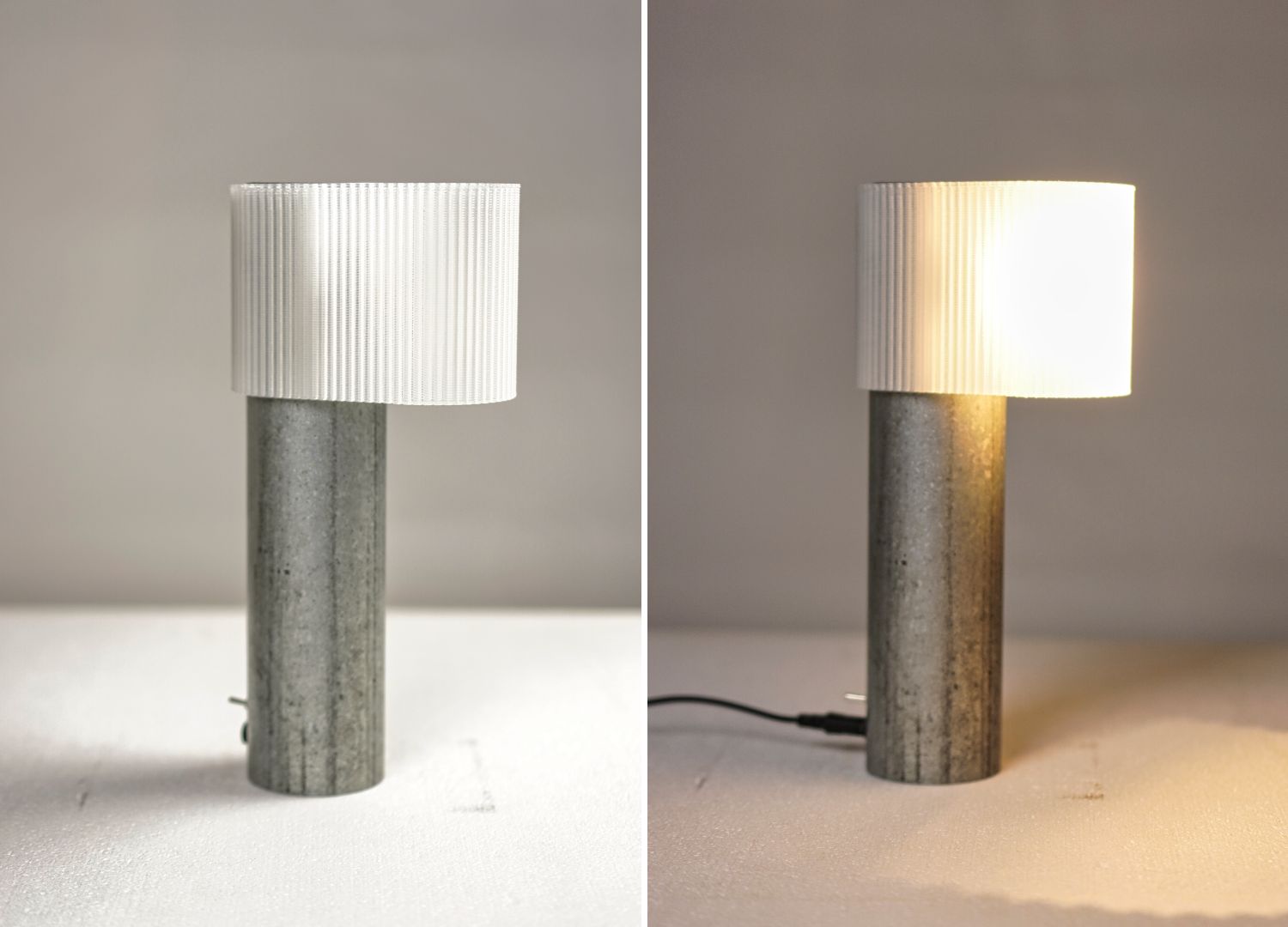
You’ve been effectively showcasing your process on social media. What strategies have you used to build a community? How do you engage with your followers?
Paul Busch:
“Creating a community through social media has been an organic process for me. I started by sharing insights into my creative process, behind-the-scenes glimpses of my work, and engaging with followers who showed interest in my content.
Since I experiment a lot, I often need information on various topics. Fortunately, there are always a few followers who are professionals in certain fields and generously support me. This support and knowledge exchange within my community are invaluable, significantly contributing to advance my creative projects and develop new ideas.
The beginning was challenging, given that my works spanned a diverse range from sewing projects to CNC milling. However, as time progressed, I’ve successfully found my community. Individuals who share a passion for creativity and craftsmanship across different mediums.”
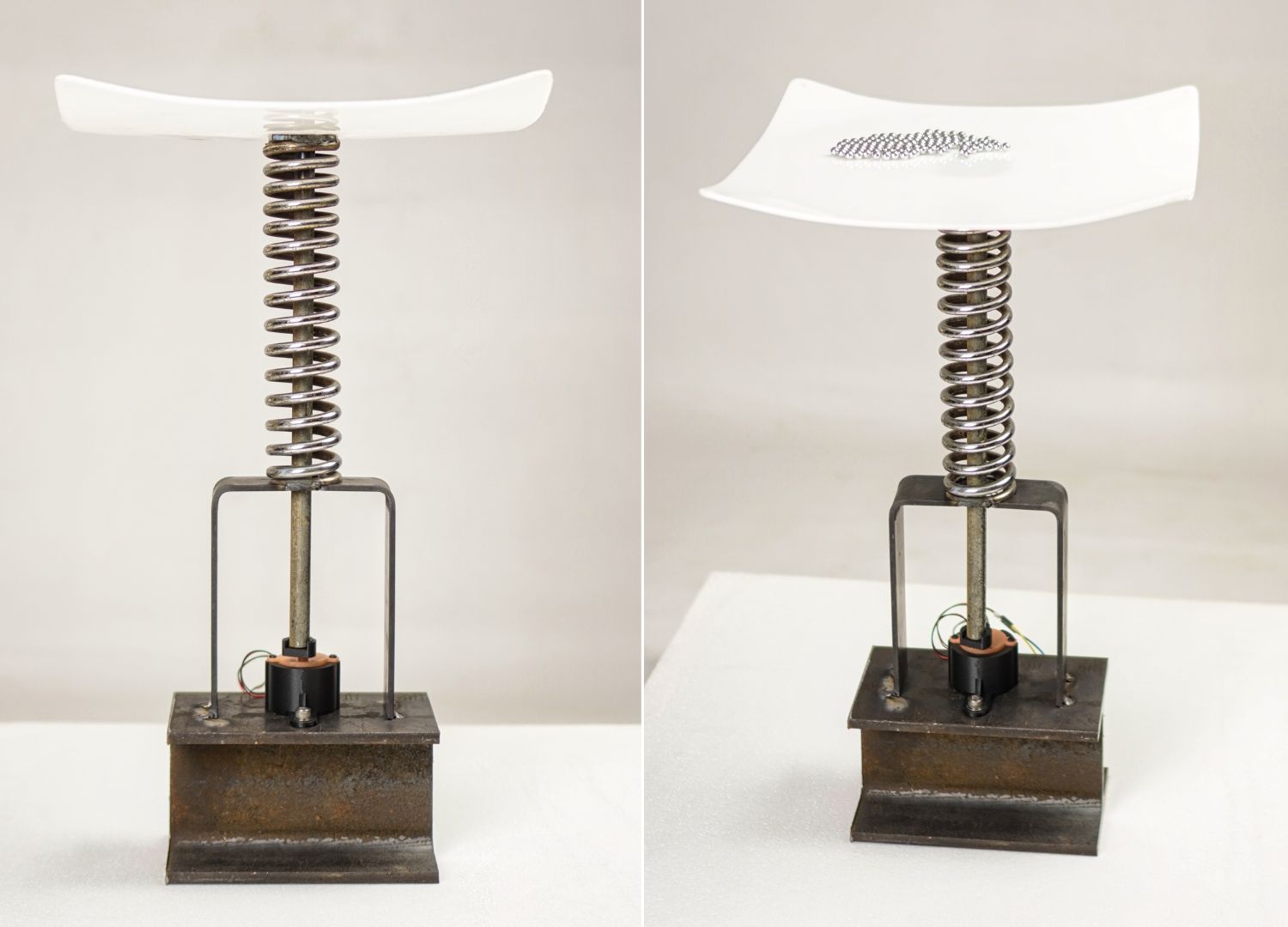
You seamlessly blend design, art, and craftsmanship in your work. How do you identify professionally? Additionally, is there a chance your creations will be produced on a large scale and become widely accessible?
Paul Busch:
“At times, I identify as a designer, at others as an artist, and sometimes as a craftsman. It really depends on the nature of the project I’m working on. I find the concept of being a “maker” particularly intriguing—it’s very open-ended and allows for a diverse range of creative expressions. I can resonate well with this identifier.
While my works have predominantly been handmade one-of-a-kind pieces or limited editions so far, I am currently working on launching an online shop featuring selected pieces produced by a manufacturing partner. It will be still far away of a mass product but its going in that direction.”
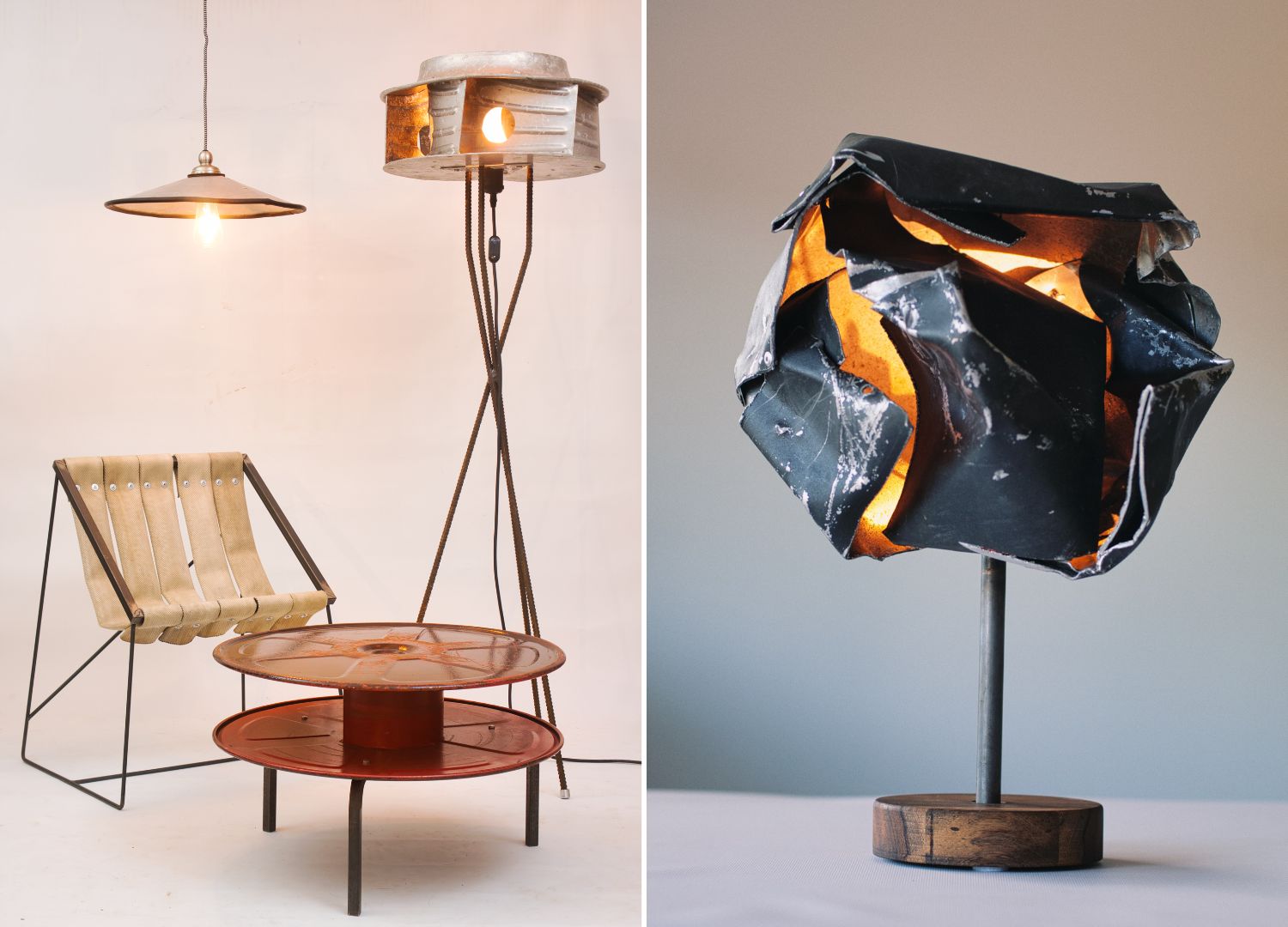
What are your plans moving forward? Can you give us a preview of what to expect in the coming months?
Paul Busch:
“The next step for me involves exploring new methods and techniques, such as aluminum casting or working with glass. I have a few projects in mind, including an installation commemorating the third anniversary of the flood. Over the next few months, you can expect to see updates on these projects as I delve into learning these new skills and bringing my ideas to life. I’ll likely share insights into the learning process, challenges encountered, and progress made through social media and other platforms.”


